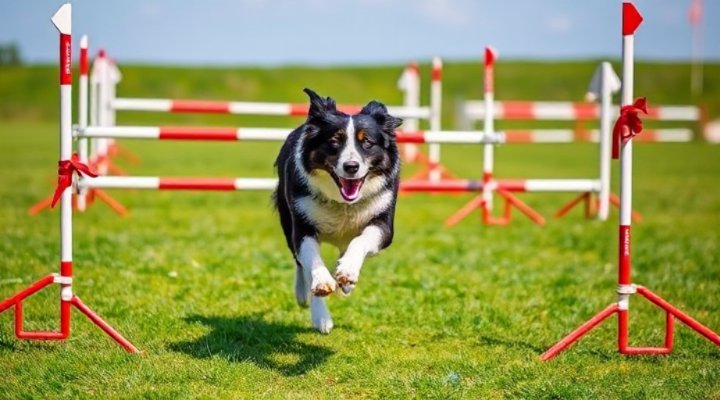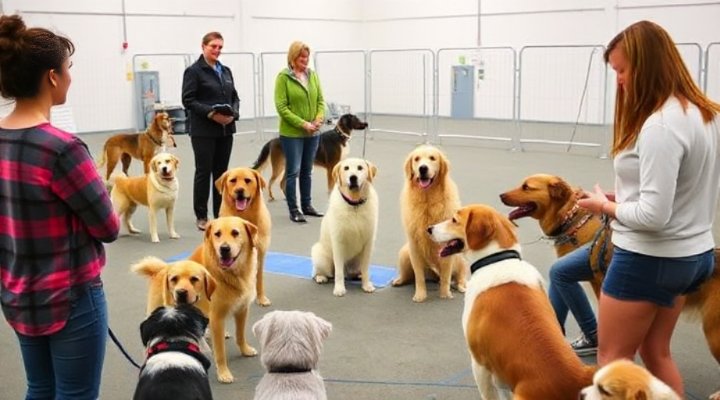Pet training is more than just teaching your furry friend to sit or stay; it’s about building a strong bond and ensuring a happy, well-adjusted pet. Whether you’re a first-time pet owner or looking to refine your training techniques, this guide will walk you through everything from basic commands to advanced tricks.

Basic Pet Training Commands
Starting with the basics is crucial for any pet training regimen. Commands like ‘sit,’ ‘stay,’ and ‘come’ are the foundation of good behavior. For example, teaching your dog to sit can prevent jumping on guests, while ‘stay’ can keep them safe in potentially dangerous situations. Consistency is key—practice these commands daily in short, fun sessions.
If you’re struggling with your dog jumping, check out our detailed guide on Dog Jumping Training Tips and Common Issues Explained. It’s packed with practical advice to curb this common behavior.

Advanced Training Techniques
Once your pet has mastered the basics, you can move on to more advanced techniques like agility training or teaching complex tricks. Advanced training not only challenges your pet mentally but also strengthens your bond. For instance, agility courses are fantastic for high-energy breeds like Border Collies or Australian Shepherds.
Looking for more advanced tricks? Our article on AKC Trick Dog: How to Train Your Dog to Perform Cool Tricks offers step-by-step instructions to impress your friends and family.

Training Different Types of Pets
While dogs are the most common pets to train, cats and other animals can also learn tricks and commands. For example, clicker training works wonders for cats, teaching them to high-five or even use a litter box consistently. The key is patience and using positive reinforcement.
For cat owners, our guide on How to Safely Walk a Cat on a Leash provides useful tips for adventurous felines.

Group Training and Socialization
Group training classes are excellent for socialization, helping your pet interact positively with other animals and people. These classes often cover basic obedience and can be a fun way to meet other pet owners. Socialization is especially important for puppies, as it prevents behavioral issues later in life.
To find a local class, read our comprehensive guide on How to Find and Join a Dog Club Near You.
Conclusion
Pet training is a rewarding journey that enhances the relationship between you and your pet. From basic commands to advanced tricks, the techniques you learn will ensure a well-behaved and happy companion. Remember, patience and consistency are your best tools.
For more expert advice, visit the American Veterinary Medical Association or the American Kennel Club.
Related Keywords: pet training, dog training, puppy training, advanced pet training, training techniques, agility training, cat training, group training, socialization.

